|
12/21/2018 1 Comment Our new paper on flood perceptions Our new paper on how physical geography influences perceptions of flooding just got published online in the Journal of Hydrology (impact factor: 4.405). Here is the abstract of this paper:
"How does physical history of flood-related hazards affect individuals’ perceptions? The present study represents a unique effort to understand perceptions of flood hazards in light of the geographic background. Situated in Alabama, the United States, the cities of Mobile and Huntsville display two different physical geographic contexts. Despite one being a coastal city (Mobile) and the other being an inland city, both are similarly vulnerable to flooding. We first present results of historical analyses of heavy precipitation in both cities and analysis of storm surge history in the city of Mobile. We then report results of both descriptive statistical and inferential statistical analyses based on a two-city residents’ survey that was conducted in the spring of 2016. We find that residents in both cities are able to connect the particular natural hazard of flooding with their physical environments. Residents in both cities are influenced by their perceptions of precipitation when making assessments of flooding. Despite the fact that Huntsville has not experienced heavy precipitation events as much as Mobile in recent history, residents of Huntsville tend to link heavy rainfall – the most frequent cause of flooding in that city, with flooding. In contrast, residents of Mobile tend to link hurricanes, more particularly hurricane number, with flooding. These results show that people are attuned to their physical environments and take into consideration their personal observations when forming perceptions of natural hazards. More studies need to be conducted to further investigate the dynamics of physical exposure to hazards and risk perceptions in other geographic areas."
1 Comment
I just published one analysis article on extreme weather and American public opinion towards climate change on the Monkey Cage in Washington Post . Here is one paragraph:
"Here is what is going on: The baseline probabilities of Democrats’ and Republicans’ perceptions of climate change and extreme weather are different. To illustrate, imagine that the probability that someone in Party A believes in human-made climate change may be 80 percent, while that probability for someone in Party B may be only 30 percent. What my research finds is that extreme weather events can change that baseline probability upward, regardless of partisanship or ideology. That change may be more dramatic for those in Party A than Party B. Nevertheless, the change does occur; extreme weather can move the needle." I am featured in this article on hurricane risk perceptions published on Medium today.
When many people thought 2018 would be a relatively quiet hurricane season, monstrous Hurricane Florence is barreling towards the east coast. More than one millions coastal residents are facing mandatory evacuation order. It is now classified as Category 4 hurricane. The Saffir-Simpson scale only considers wind speed. In addition to destructive wind, hurricanes bring heavy rainfall as we witnessed during Hurricane Harvey last year and dangerous storm surge. There will be imminent flooding risks.
A year after Hurricane Harvey, the decisions to rebuild can affect the future. I just published an analysis article on the Conversation. Here is the last paragraph:
"My recent research shows that even with their flaws, FEMA flood maps influence decisions to purchase flood insurance and overall support for flood mitigation. Policy makers need to seriously consider how to accurately communicate increasing flood risks to the public. Reverting to old flood maps and granting variances to promote development is a recipe for more disasters down the road." Hat tip to Emily Powell at the National Wildlife Federation, who brought this situation to my attention. 6/21/2018 0 Comments Visit at Princeton I enjoyed the visit at the Department of Civil and Environmental Engineering at Princeton University. I have had great discussions with Professor Lin and her Hurricane Hazards and Risk Analysis Research Group.
I am honored to be invited to give a seminar talk, entitled "Understanding Human Judgement on Environmental Risks and Hazards in a Geographic Context," at the Department of Civil and Environmental Engineering at Princeton University on June 21.
The abstract of the talk is as follows: "The coupling effects of changing climate and rising concentration of population and assets in the coastal regions have increased the threat of potential damages. There is an urgent need for coastal communities to prepare well for future hazards through mitigation and adaptation measures. A growing number of empirical studies have found that peoples’ motivation of voluntary risk mitigation and adaptation is low unless actual risk can be perceived. Risk perception is thus the precondition for adaptive behavior. It is of both intellectual and practical interests to study what affects individuals’/communities’ risk perceptions. In this talk, I will present four of my previous studies. The first three studies are focused on the individual level and the fourth on the aggregate level. I will start with understanding how local weather and climate affect American public risk perceptions of climate change. I will then discuss how the spatial context represented by past flooding events and estimated flooding risks influence costal residents’ voluntary flood insurance purchase decisions and their support for flood adaptation policies. As many policies are designed and implemented at an aggregate level (i.e., state, county, city), it is necessary to examine aggregate-level risk perceptions. In the fourth study, I will focus on how the contextual hurricane risks in conjunction with community resilience shape county-level perceptions of hurricane-related risks. I will end with a research agenda linking communities’ perception with contextual risks and community resilience. I contend that the cognitive dimension including both risk perceptions and perceived adaptive capacity is not represented in any of the existing community resilience indexes, and therefore needs to be measured, quantified, and incorporated into a more comprehensive index." Hurricane Harvey dumped record-breaking rain in Houston in 2017. Now, a new study shows that this extreme amounts of rainfalls actually resulted from unprecedented ocean heat content. This study presents some evidence to support the link between global temperature rise with increasing hurricane intensity.
Our new paper on aggregate perceptions of hurricane risks has been published on the Annals of American Association of Geographers.
I presented our study on community resilience and county-level perceptions of hurricane risks along the US Gulf Coast at the 2017 Society for Risk Analysis annual conference in Arlington, VA.
|
|
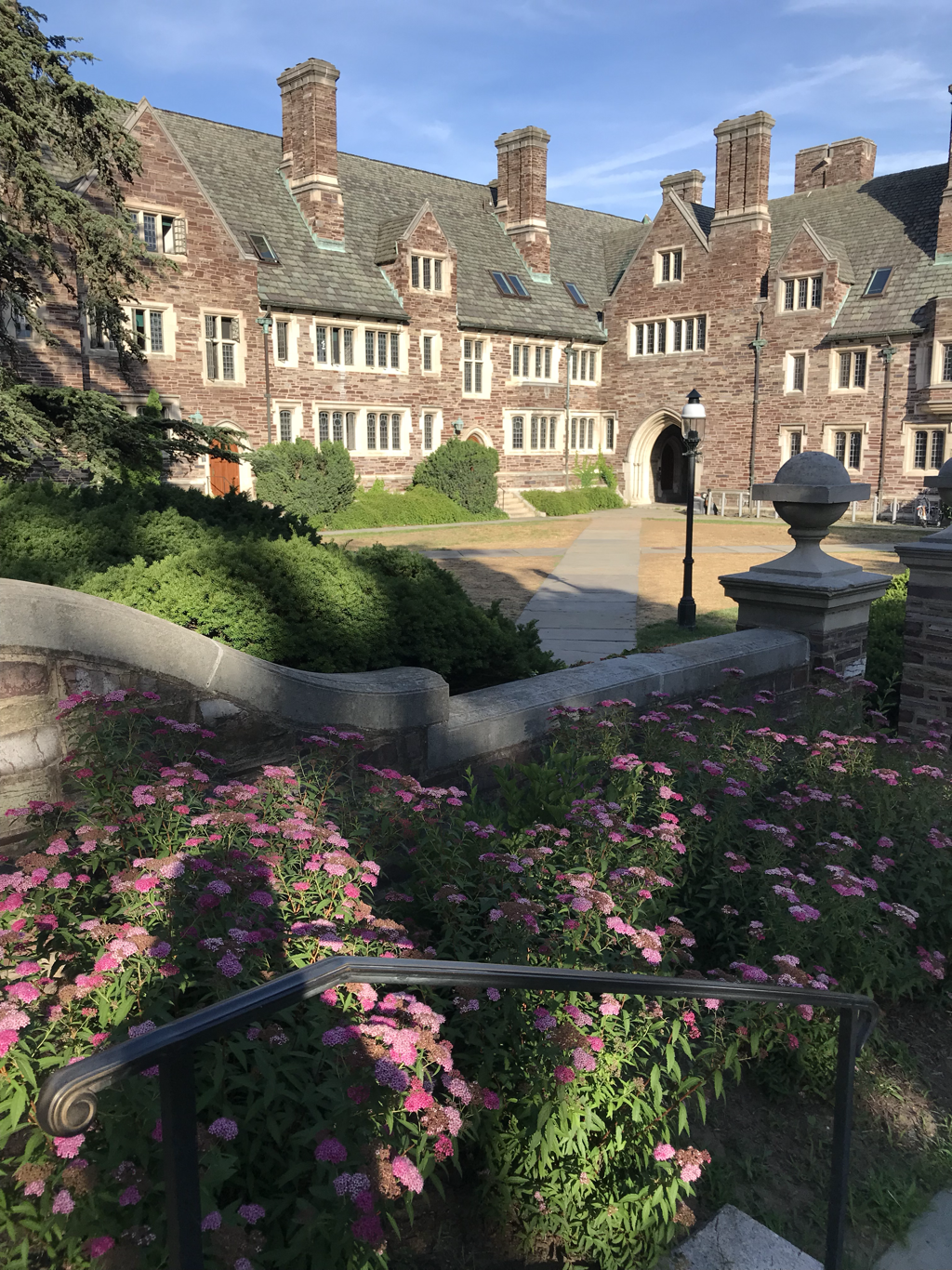
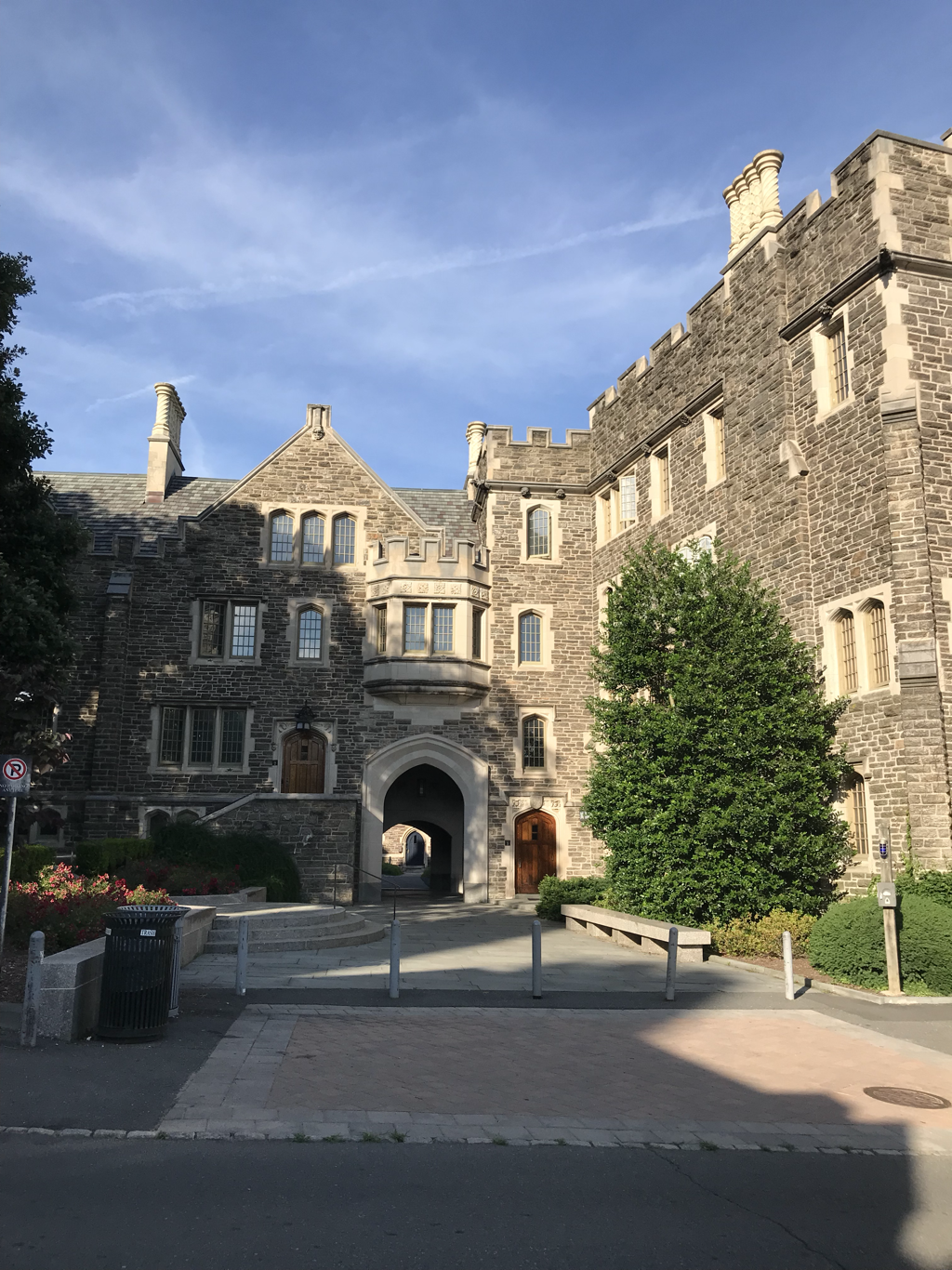
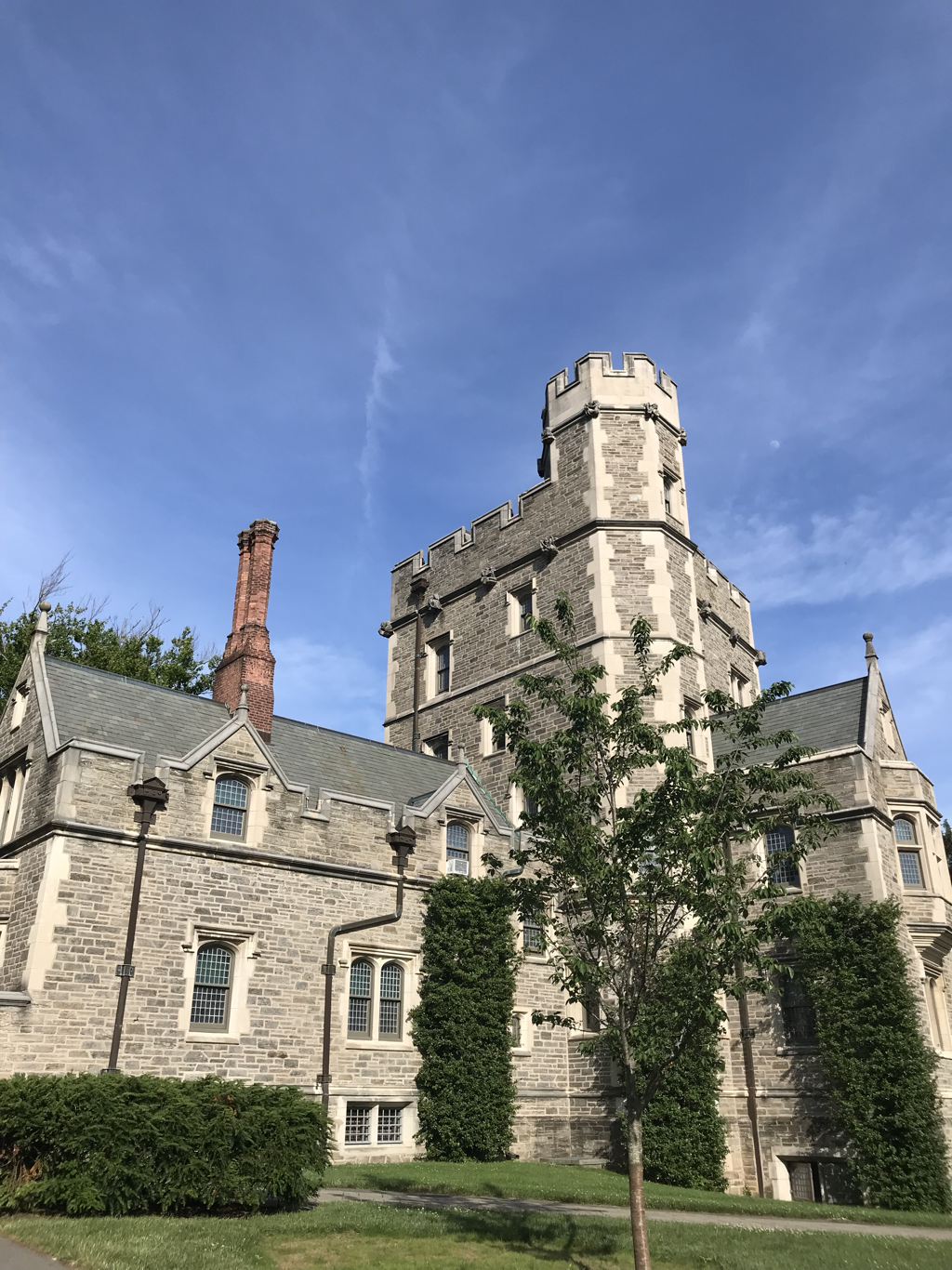

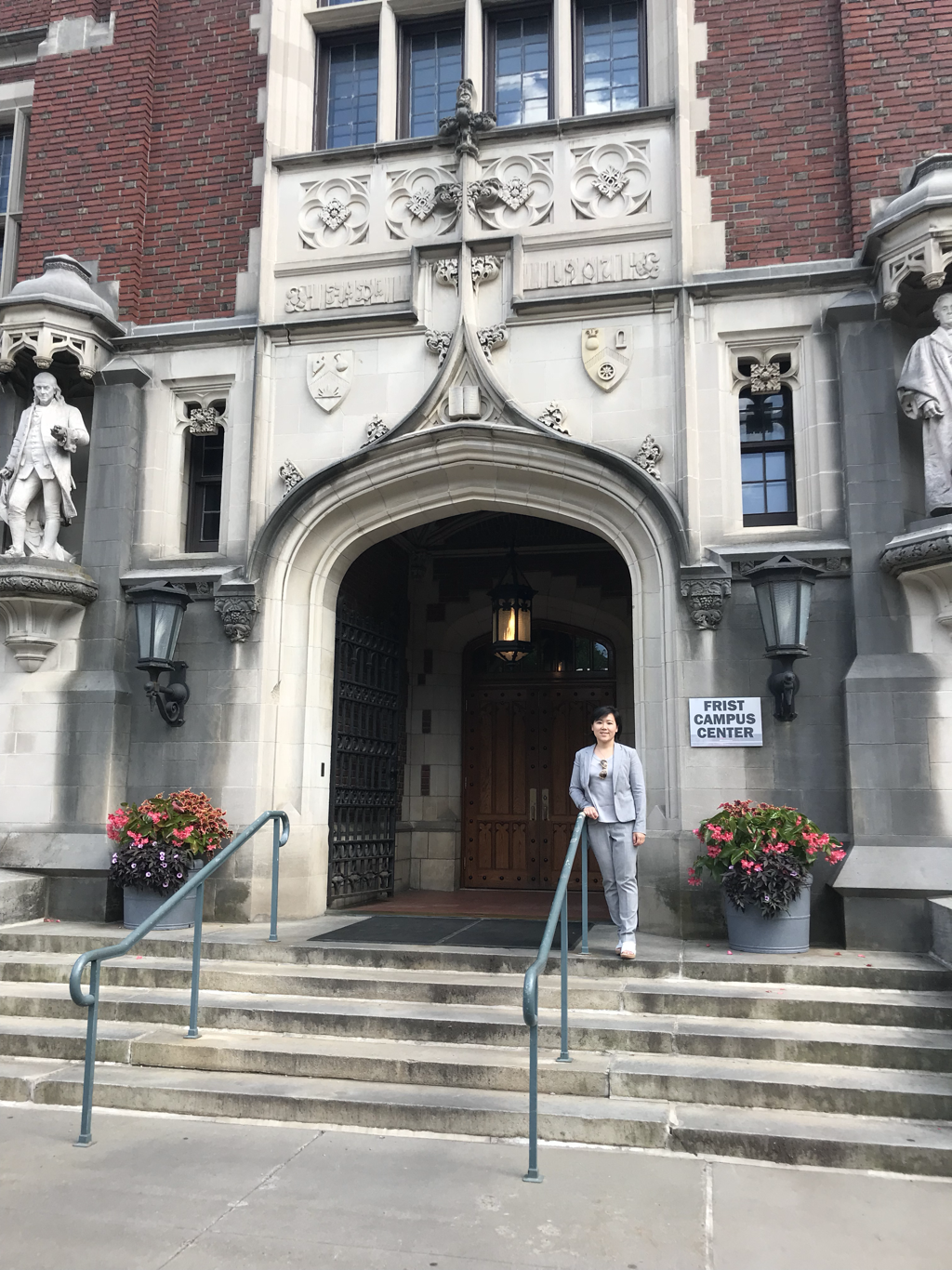
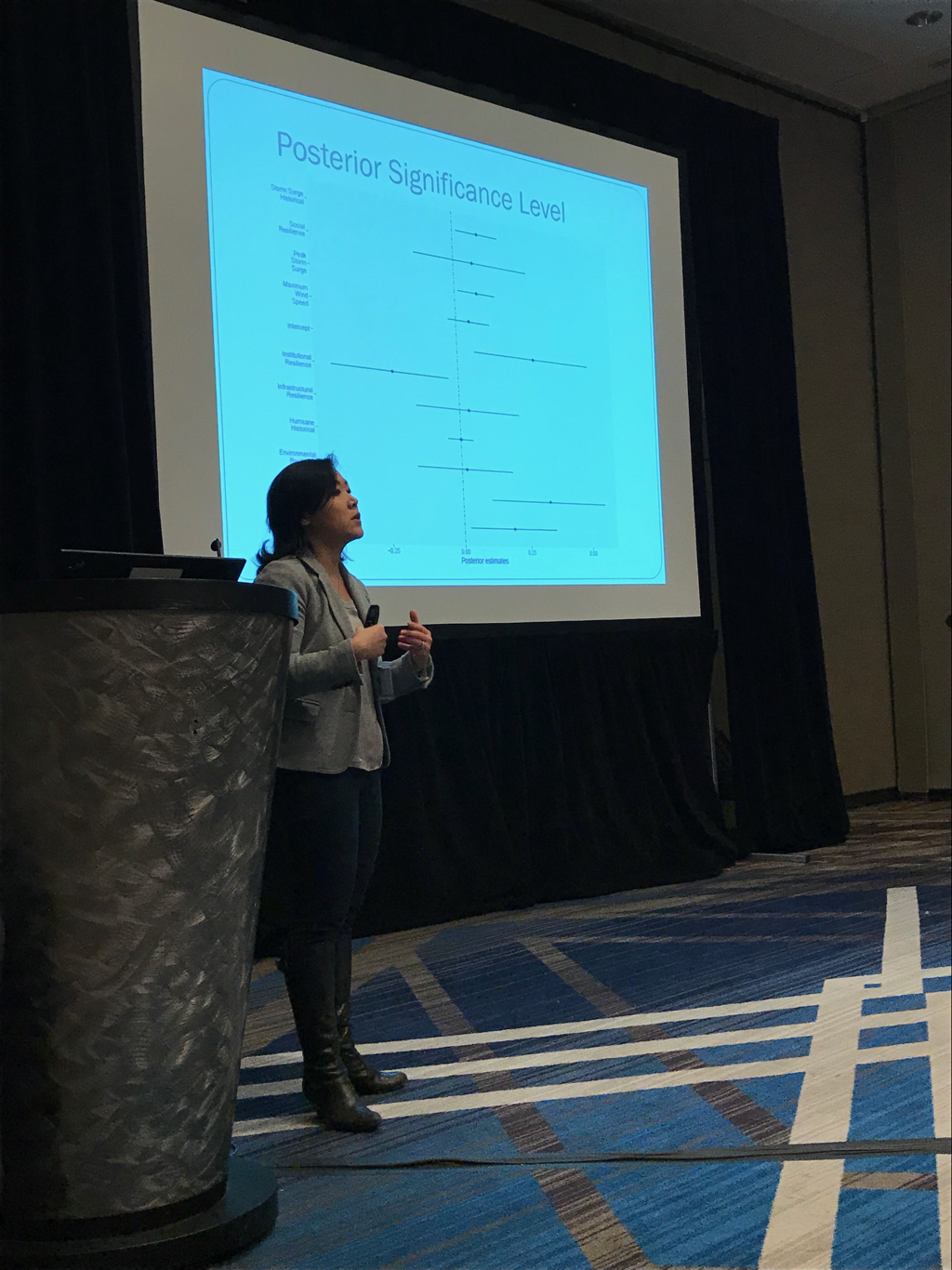
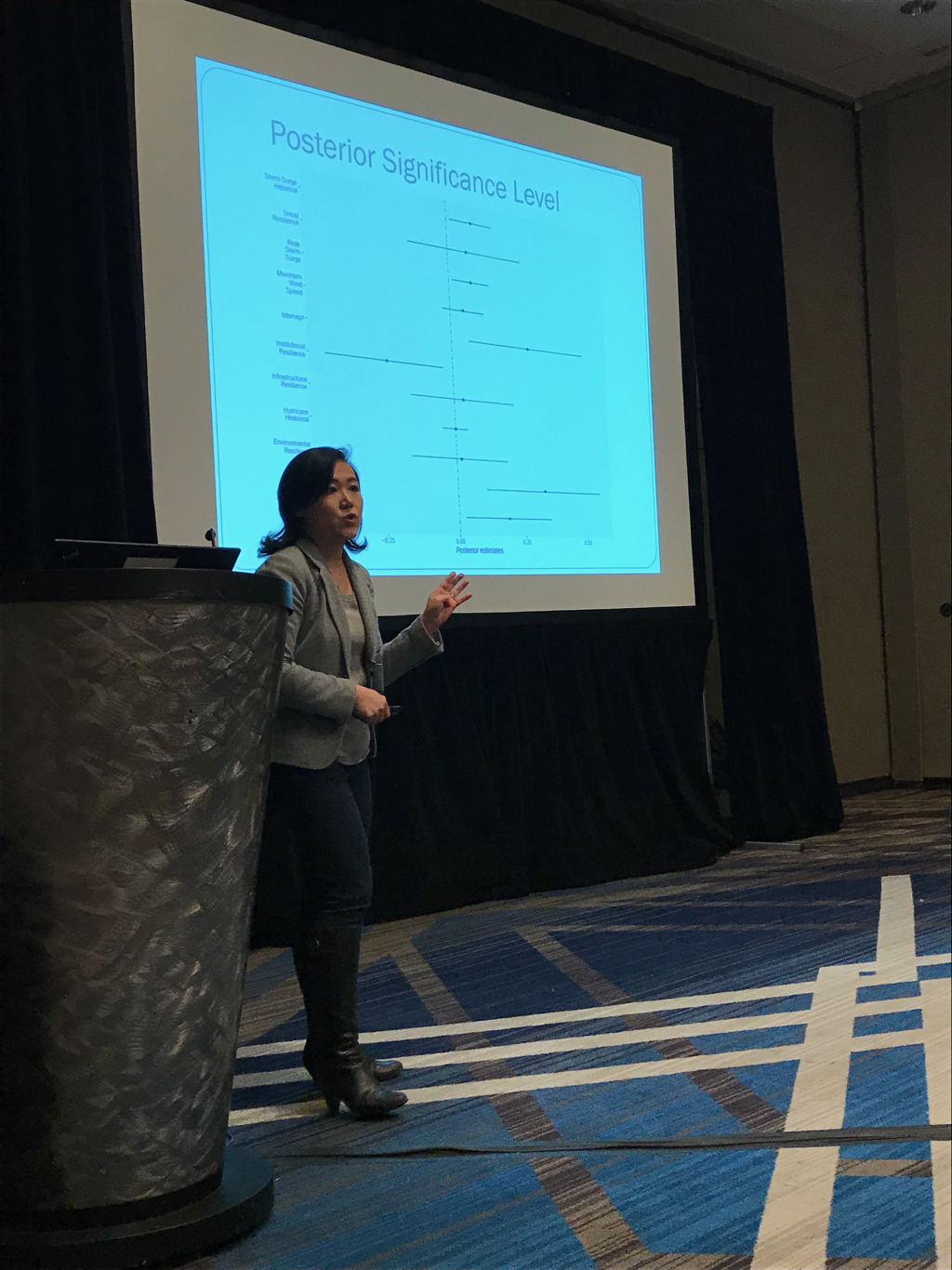


 RSS Feed
RSS Feed